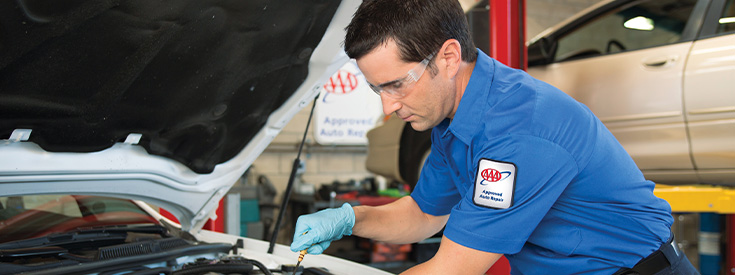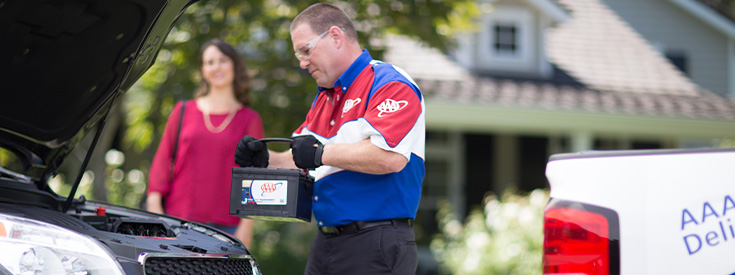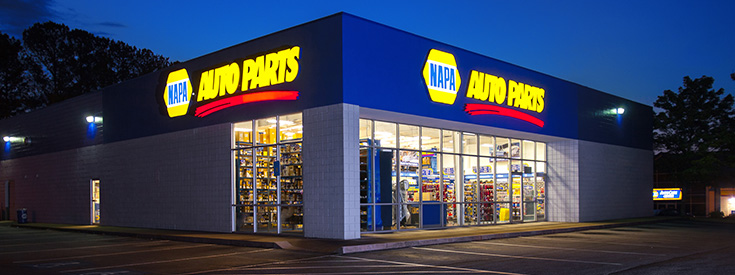Electric vehicles (EVs) can play an important role in reducing greenhouse gas emissions. But big electric SUVs and pickups? Not so much. Large EVs can pose greater risks both to the environment and traffic safety.
SUVs and pickups account for about three-quarters of U.S. auto sales, and the 3 best-selling vehicles are full-size pickups, topped by the Ford F-150. In early 2022, Ford started producing the F-150 Lightning EV, which had garnered nearly 200,000 reservations from eager buyers before production even started. More large EV pickups and SUVs have recently arrived or are coming soon from BMW, Chevrolet, GMC, Mercedes-Benz, Ram, Rivian, and Tesla.
An F-150 Lightning will pollute only about half as much over its lifetime as a gasoline-powered F-150. However, the Lightning pollutes about 50% more than smaller SUVs like the Toyota bZ4X, according to the Massachusetts Institute of Technology’s interactive online tool.





